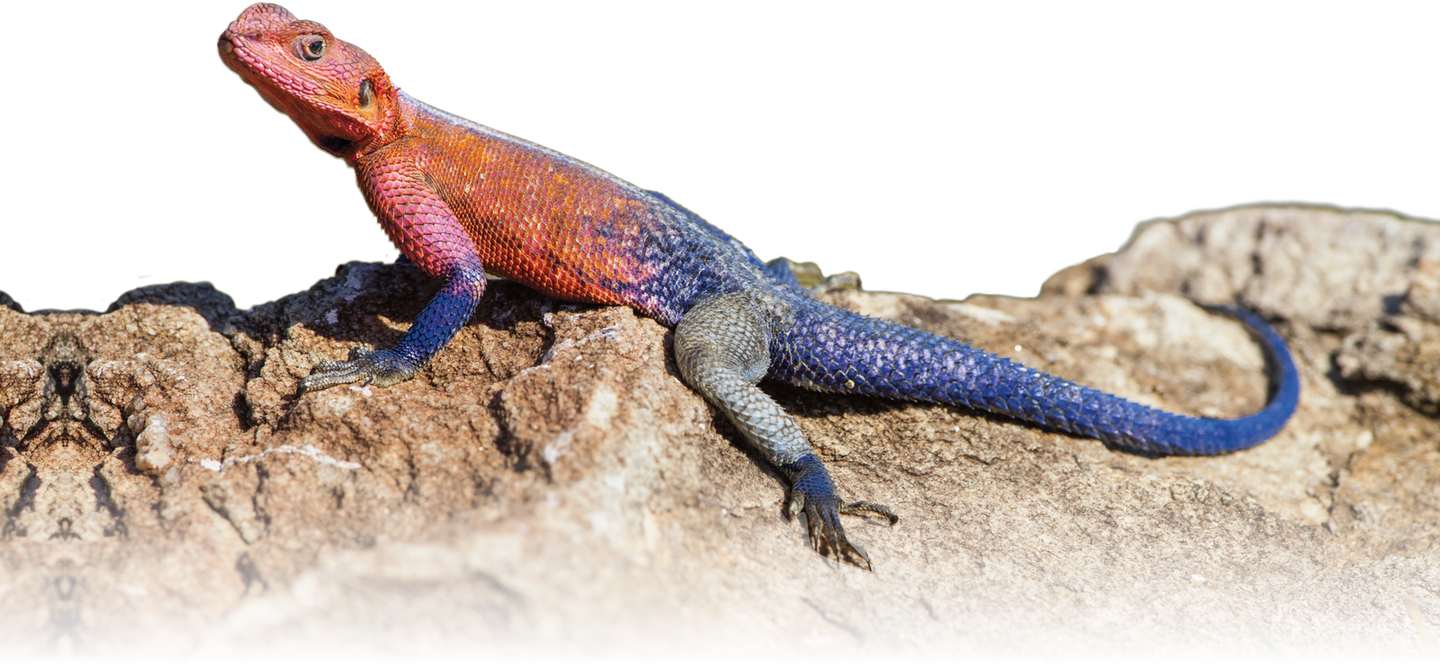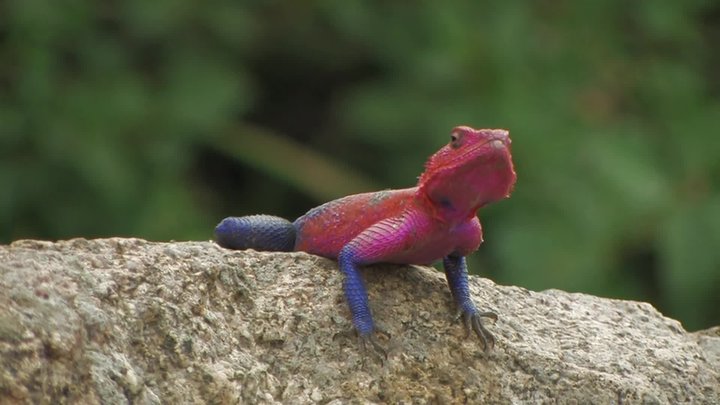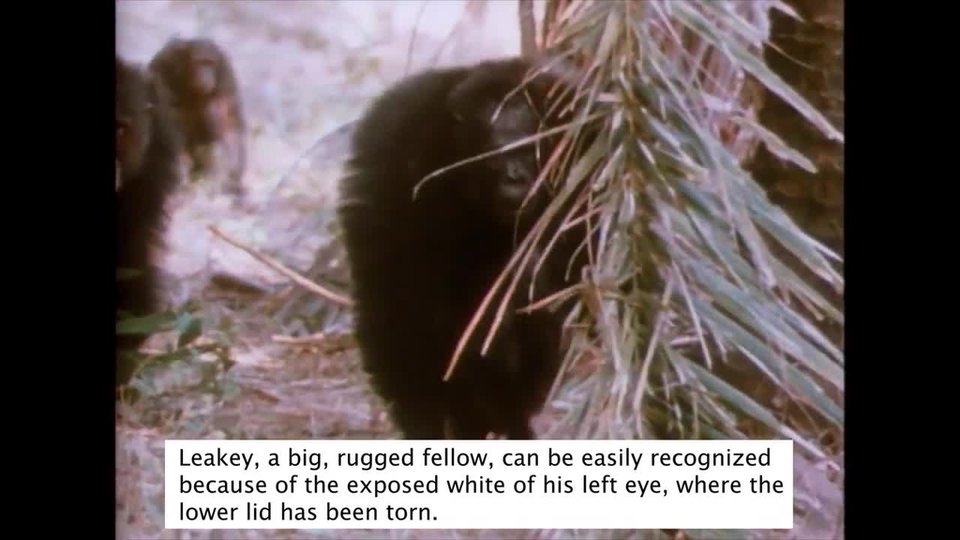SoakingUptheSun
Imaginetakinganaturehikewithfriendsalongacreek.It’sasunnyspringmorning.Thewarmthofthesunfeelsgood,buttheairis chilly.
Alargegrayrocksticksoutofthemuddybank.Aflashofcolorcatchesyoureye.Youstepcloseranddiscoveralizardislyingontherock.Itsskinshimmersinthesun.Itisasstillasastatue.Youwonder:Isitsleeping?Thelizardtilts itshead,butitdoesn’tmoveofftherock.Why?Thelittlelizardis sunbathing!
Energyfromthesunhelpsthisdesertlizarddartand dash.
Lizards,snakes,andotherreptilesareectotherms.Fish,insects,worms,andamphibians,likefrogs,areectotherms,too.Anectothermisananimalthatproducesverylittleheatinsideitsbody.Towarmup,theanimalhastogetheatfromits environment.
That’swhythelizardissunbathing.Thesunlightstrikesitsbody,warmingit.Therockabsorbsheatfromthesun,whichwarmsthelizard’s underside.
Duringthenight,thelizard’sbodytemperaturedrops.Itbecomesascoolastheairaroundit.Alowbodytemperaturemakesanectotherm’smusclesslow down.
Aftersoakingupsomemorningsunshine,however,thelizard’stemperaturerises.Itwillthenhavetheenergytoscurryaround.Itwillbecomefastenoughtohuntandtoescape predators.

Thisdesert lizardbasksinthesuntowarm itself.
HeatFromtheInside
Asyoucontinueyourhike,youhearasound:Clickety,clickety,clickety.It’sthedistinctsoundoftinyclawsontreebark.Twosquirrelsarechasingeachotheraroundatree trunk.
Unlikethelizard,thesefurryrodentsdon’tneedsunlighttogetgoinginthemorning.That’sbecausesquirrelsandothermammalsare endotherms.
Anendothermisananimalthatproducesenoughbodyheattokeepitsinsideswarm.Thesquirrelsdon’thavetowaitonthesun.Theycanbeactivethemomenttheywakeup.Socanbirds.Theyareendotherms,too.Andsocan you.
That’sright!Youareanendotherm.Itdoesn’tmatterwhetheryou’replayingoutsideonahotdayorswimminginacoldlake.Theinsideofyourbodystayswarmatabout 37oC (98oF).Endothermsarealsocalledwarm‑blooded.That’sbecauseanendotherm’sbloodisalwayswarm.Ectothermsarecalledcold‑blooded.Thistermismisleading,though.Asanectothermwarmsup,sodoesits blood.

What’sInaName?
Ectothermandendothermmaysoundlikestrangewords.Yet,theymakesensewhenyoubreakthem down.
EctothermcomesfromtheGreek words ektos,meaning“outside,”andthermos,meaning“warm.”Anectothermgetswarmthfromoutsideits body.
EndothermcomesfromtheGreekword endo, meaning“within.”Anendothermgetswarmthfrominsideits body.

